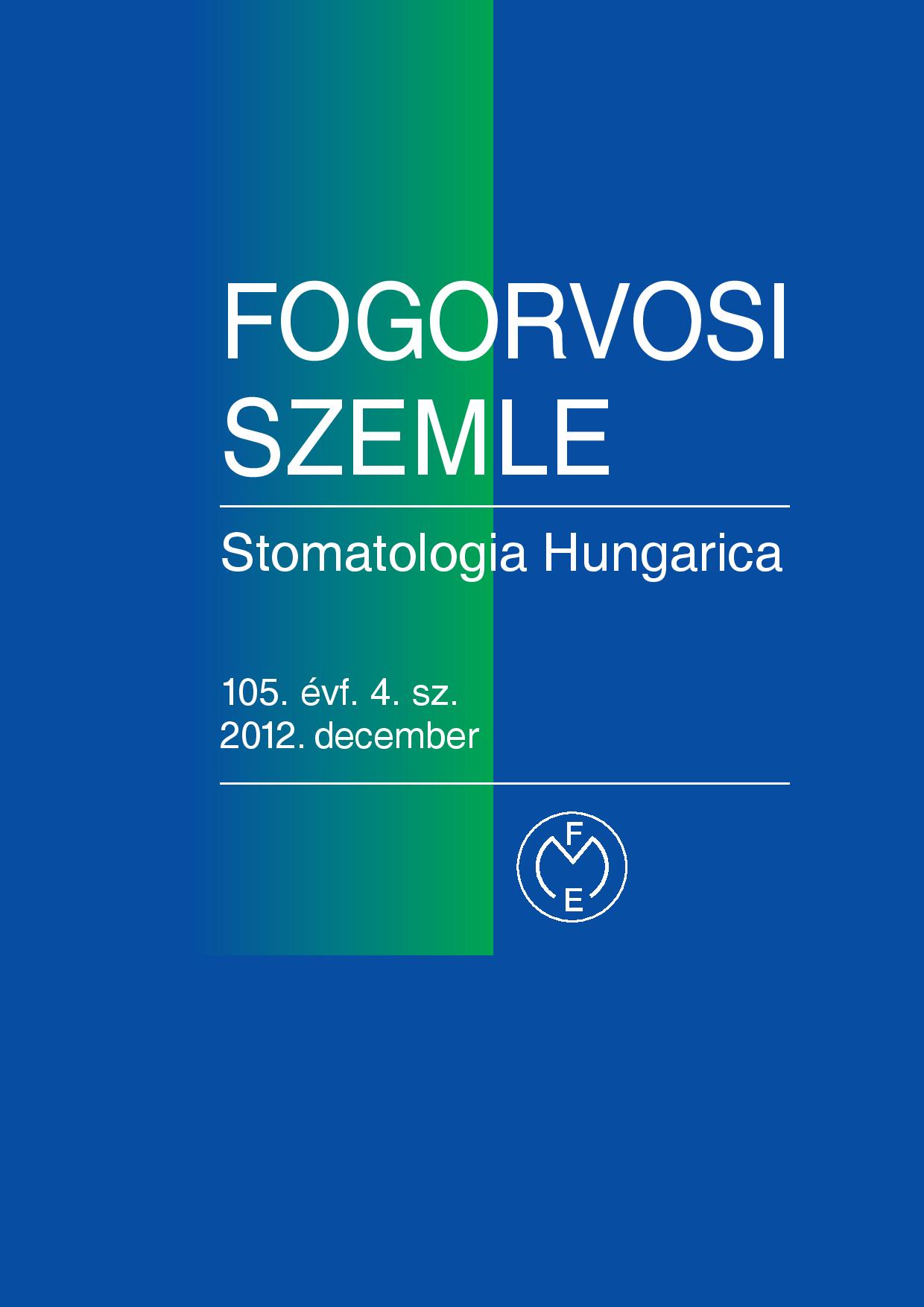The importance of individual mandibular movements in case of temporomandibular joint dysfunction
Case report
Abstract
The present article describes the prosthodontic management of an adult patient with anterior deep bite (Angle II/2) and concomitant temporomandibular disorder (TMD). In the presence of steep incisor inclination undesirable effects could be observed in the temporomandibular joint. The aim of our treatment was to achieve anterior guidance that harmonically relates to the condylar inclination. Once the vertical dimension of occlusion (VDO) had been increased, an adequate anterior guidance was achieved. The VDO was increased in two steps with 5 mm at the anterior region, which resulted in 2 mm increase at the molars. Restorative treatment was completed in a semi-adjustable articulator (KaVo Protar 5B) according to the patient’s centric relation. The new anterior guidance was then established in an individual articulator (KaVo Protar 9) according to the increased VDO.
Copyright (c) 2021 Authors

This work is licensed under a Creative Commons Attribution 4.0 International License.


.png)




1.png)



